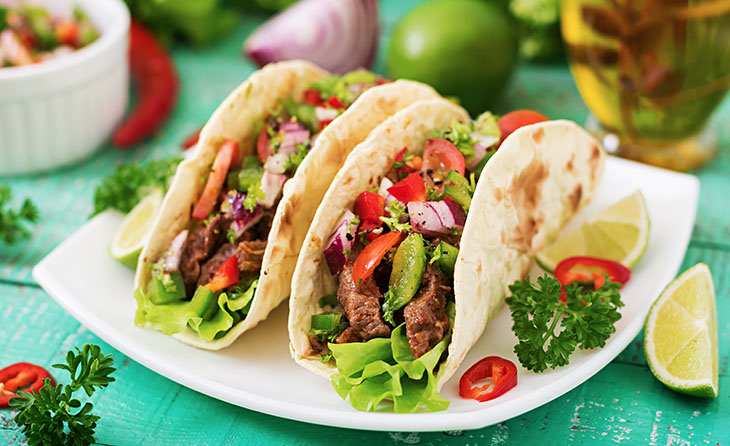
Beef Carcasses
Understanding beef carcasses and their processing
In most countries, beef animals are customarily butchered for personal home consumption. In United States for example, producers have gone further to market their animals directly to the home consumer for “freezer beef”. That means, consumers are purchasing quarters, halves or even whole beef animals to use at home, given the slow food movements.
In Kenya, this happens a lot when people are having events and prefer to make their own meals. Hotels and restaurants are also commonly given to this kind of model. But the most of it finds home in butcheries or other retail chains like supermarkets. Yet still, there is need for the livestock producer to understand the amount of beef derived from the live animal, as well as the process, to help them as they sell.
The Middleman
Most times, freezer meat or bulk meat purchase for events still involves a middleman. Most pastoralists or livestock farmers do not harvest their animals on the farm. That means that they have to utilize local and small meat processors to help in marketing their commodity. To ensure that there are repeat sales, the farmer needs to ensure a proper communication channel as well a good working relationship with the local butcher.
For instance, some butchers may not be able to provide some on-demand cuts of beef which could reduce the customer retention over time. As a farmer, it becomes important to identify what consumers want, and tether their sales to butchers who seem to know that and are willing to deliver.
For a Kenyan setting where the consumers prefer to buy the already processed meat, it may not be hard for the butchers to keep track of the consumer’s need, which makes the farmer also aware of what butchers to sell to.
The Processing
When it comes to beef carcasses, the grading involves the yield which takes to factor the quantity and quality. This helps in establishing the monetary value of the carcass, which helps in marketing it according to the specific consumer demands.
The yield helps estimate the cuts from the chuck, loin, rib and round, which are the four primal cuts for beef, as well as the percentage of boneless meat. Usually, the four primal cuts constitute the 75% in terms of weight of the carcass. Even then, the yield grade will be determined by other factors such as the external fat cover, degree of muscling, and internal organ fat.
Conclusion
It is important for consumers to understand how the total weight of beef they buy from meat processors, comes to be. This informs the retail cuts fabricated from the beef, especially to large consumers like hotels and restaurants, who have to buy in bulk. As a point of note, getting your consumers educated, paying attention to their expectations, and being consistent with the quality of beef carcasses delivered, will be the solution to maintaining a chain of repeat customers in the long term.
